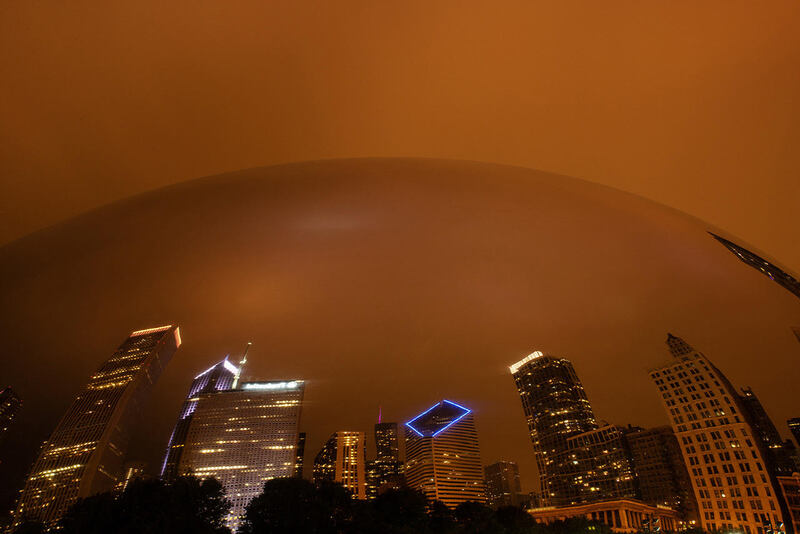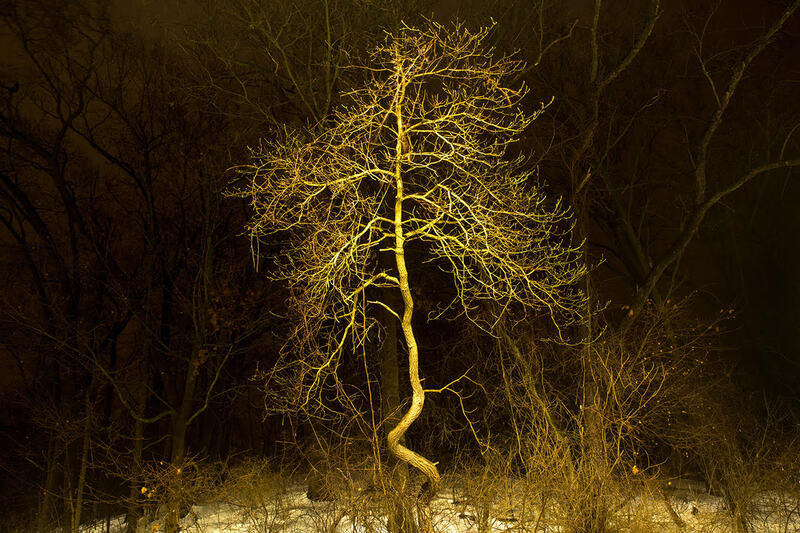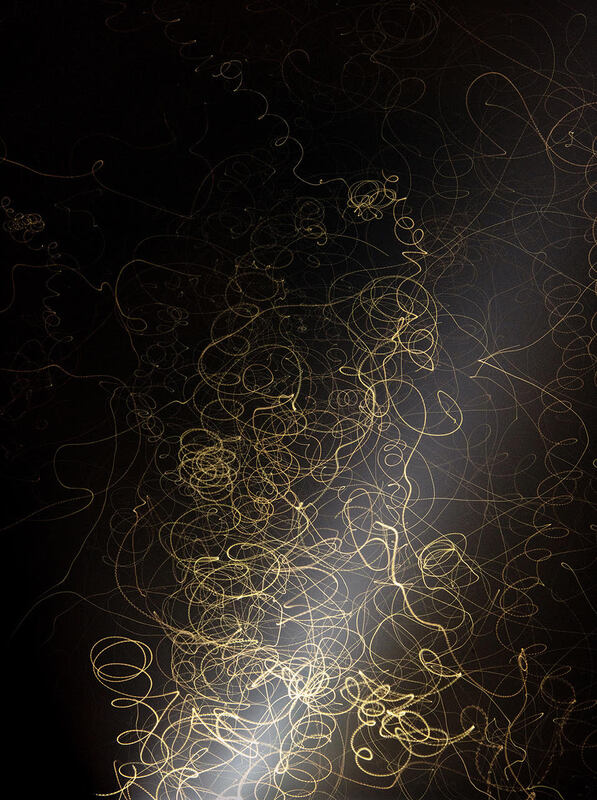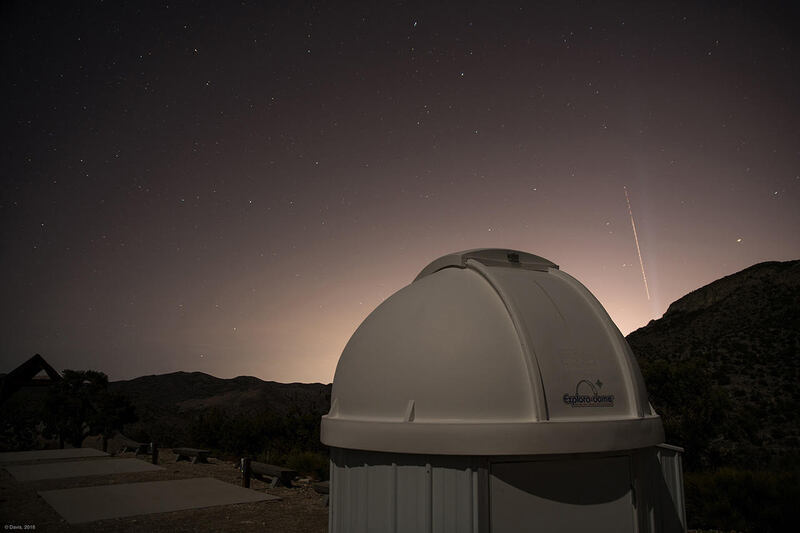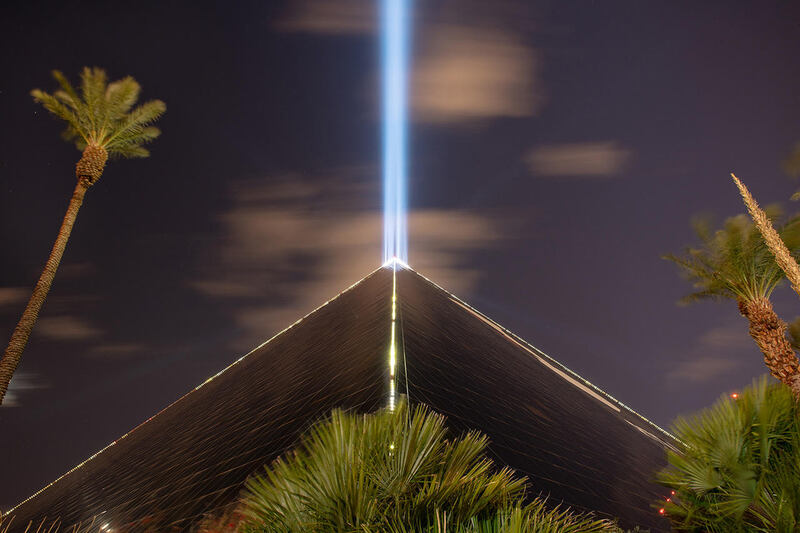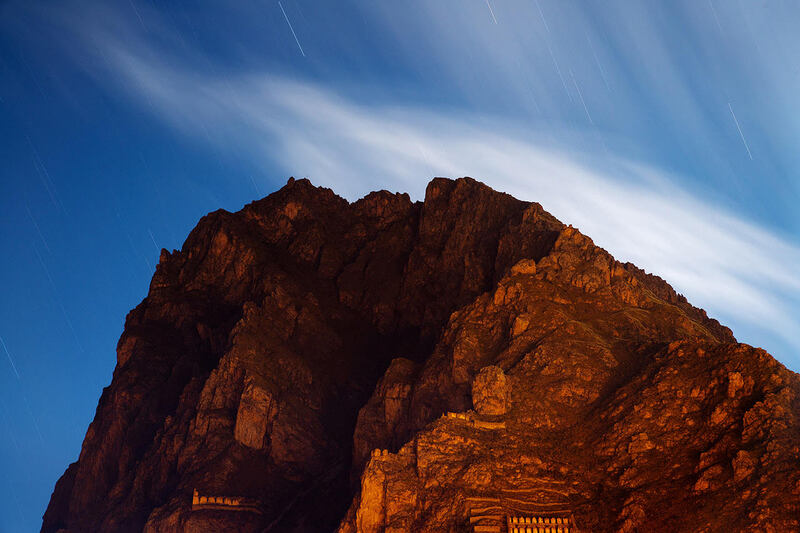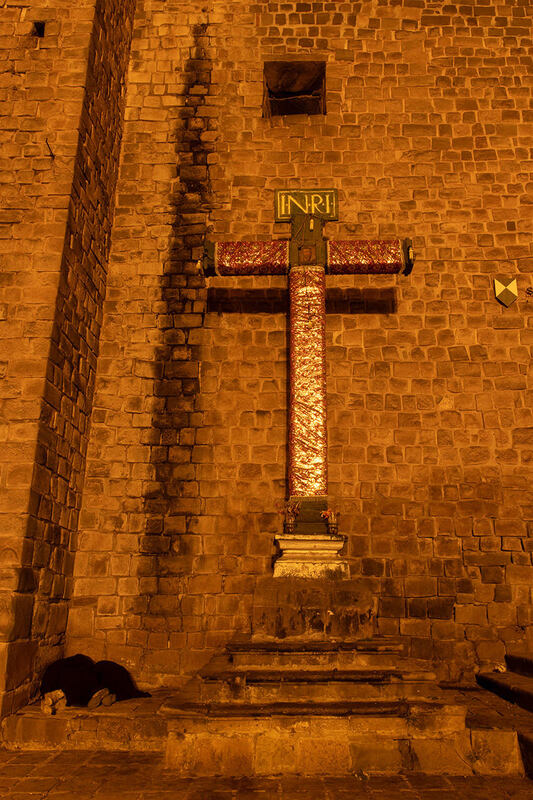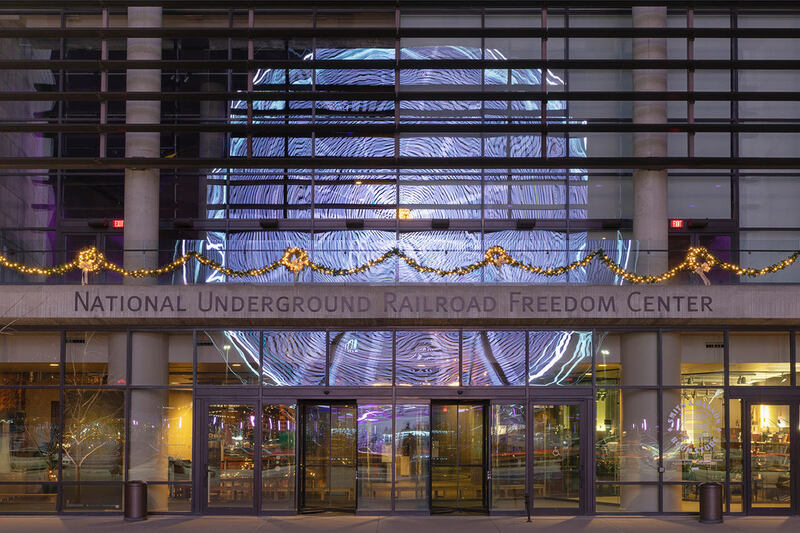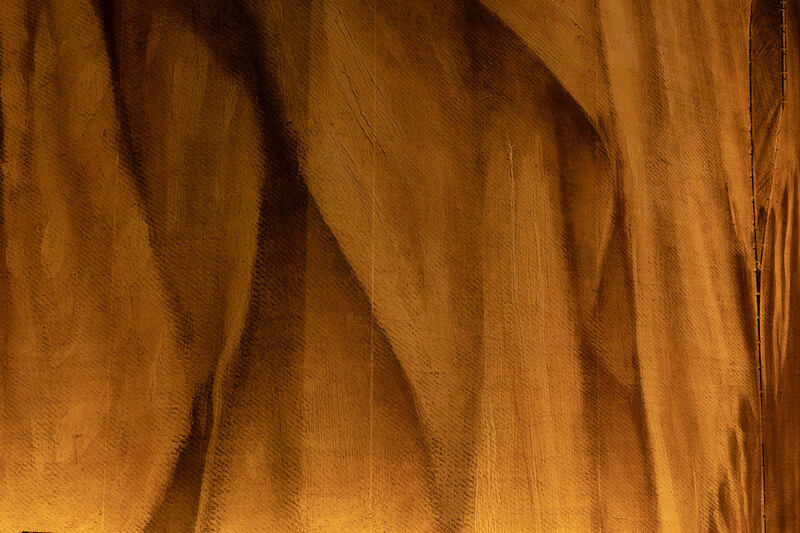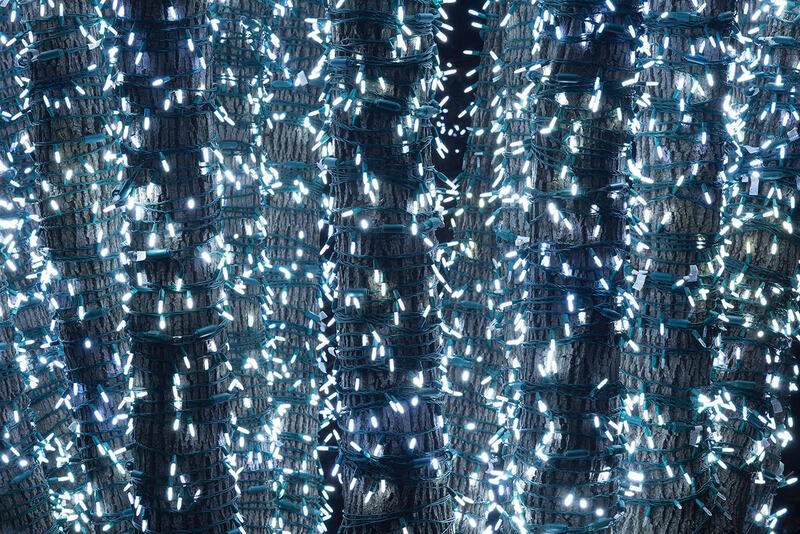September 2019
INVITATIONAL EXHIBITION
Bill Davis
INVITATIONAL EXHIBITION
Bill Davis
Artist Statement
No Dark in Sight: Light and the Night It Transforms
“It is the compositional rigour and aesthetic beauty of these images that force us to consider their ethical dimension beyond their photographic content. We must ask what makes these compositions beautiful, and the evident answer is that they rely on the compositional transformation of the night.” - Zsolt Bátori (Director PH21 – Budapest, Hungary 2019)
No Dark in Sight is funded to convey how societies use light to manage culture. Light makes art and life possible; so too does darkness. Yet, artificial light interrupts art and life because it compromises the natural darkness needed for creativity and survival. Light is not the hero and darkness not the enemy. When night looks like day, we have a problem. It’s not natural, safe, or healthy. Less natural is the new normal. I was trained to see artificial light as an ally but, through this project, now see it as a frenemy.
Etymologically, photography means to “write with light”. I looked for that writing in the night and saw a brightened sky full of stories. I traveled to photograph sacred and other sites to translate this story of night light– only to discover that, as a human being, I am part of the story. Sky glow is easier to find than the north star. I trekked nearby and afar. Las Vegas uses light to consume culture. (Look for uncommonly lit structures that hypnotically layer mesmerizing and intentional pinball-like disorientation.) The Midwest uses light to accommodate culture. (Look for the inescapable blankets of light and spectacular reflection that spread across the composition spaces.) Incas used light to propel culture. (Look for the temples and terraced agricultural micro climates sited to maximize exposure to the sun.)
Artists use natural darkness. O’Keefe, Van Gogh, Paolo, Ansel Adams, and Edward Munch relied on the night sky to observe and compose. Dark skies made their contributions possible. More critically, dark spaces allow for evolution, exploration and navigation. Did American slaves not rely on a bright North Star and dark night sky to arrive at the Underground Railroad? Does darkness not medicate life in sleep? Is the food chain not breaking? Moths concentrated in street lighting consolidate their predators, thus confining ecosystems to unnaturally limited feeding sites. It’s clear– artificial light is changing the present and future of the biosphere. I’m not opposed to artificial light but am opposed to its callous and mindless overreach into personal space, public health, and cultural practice. I explore its connection to our terrestrial condition so viewers may meditate on their own relationship to light.
Quality of light affects quality of life. Embrace the sovereign presence of natural darkness because its absence is an existential threat. This story continues. Can we write a better ending? Life depends on it.
No Dark in Sight: Light and the Night It Transforms
“It is the compositional rigour and aesthetic beauty of these images that force us to consider their ethical dimension beyond their photographic content. We must ask what makes these compositions beautiful, and the evident answer is that they rely on the compositional transformation of the night.” - Zsolt Bátori (Director PH21 – Budapest, Hungary 2019)
No Dark in Sight is funded to convey how societies use light to manage culture. Light makes art and life possible; so too does darkness. Yet, artificial light interrupts art and life because it compromises the natural darkness needed for creativity and survival. Light is not the hero and darkness not the enemy. When night looks like day, we have a problem. It’s not natural, safe, or healthy. Less natural is the new normal. I was trained to see artificial light as an ally but, through this project, now see it as a frenemy.
Etymologically, photography means to “write with light”. I looked for that writing in the night and saw a brightened sky full of stories. I traveled to photograph sacred and other sites to translate this story of night light– only to discover that, as a human being, I am part of the story. Sky glow is easier to find than the north star. I trekked nearby and afar. Las Vegas uses light to consume culture. (Look for uncommonly lit structures that hypnotically layer mesmerizing and intentional pinball-like disorientation.) The Midwest uses light to accommodate culture. (Look for the inescapable blankets of light and spectacular reflection that spread across the composition spaces.) Incas used light to propel culture. (Look for the temples and terraced agricultural micro climates sited to maximize exposure to the sun.)
Artists use natural darkness. O’Keefe, Van Gogh, Paolo, Ansel Adams, and Edward Munch relied on the night sky to observe and compose. Dark skies made their contributions possible. More critically, dark spaces allow for evolution, exploration and navigation. Did American slaves not rely on a bright North Star and dark night sky to arrive at the Underground Railroad? Does darkness not medicate life in sleep? Is the food chain not breaking? Moths concentrated in street lighting consolidate their predators, thus confining ecosystems to unnaturally limited feeding sites. It’s clear– artificial light is changing the present and future of the biosphere. I’m not opposed to artificial light but am opposed to its callous and mindless overreach into personal space, public health, and cultural practice. I explore its connection to our terrestrial condition so viewers may meditate on their own relationship to light.
Quality of light affects quality of life. Embrace the sovereign presence of natural darkness because its absence is an existential threat. This story continues. Can we write a better ending? Life depends on it.
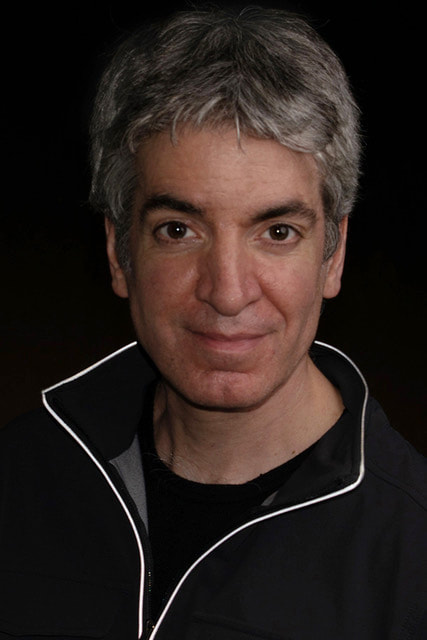
Bill Davis is an artist who has worked in North and South America, Europe, Australia, Asia, and Africa. Before his M.F.A., Davis moved from Chicago to Prague to maintain a photo studio, teach, and freelance. Upon return to teach in the U.S., Davis received international and domestic grants to work in Las Vegas, the Amazon Rain Forest, Machu Picchu and Cusco Peru, Paris- IESA (Institut d’Etudes Superieures des Arts), Galicia, Spain (Torre Pujales Foundation- Costa De Morte Museum of Contemporary Art), Korea (Rotary Fellow), Vermont (Cone Editions/WMU Technology Grant), Michigan (Arts Council of Greater Kalamazoo- “Autism and Visual Art”) and exhibit in Spain (Ra del Ray), Australia (Federal Arts Funding Body), UK (University of Leeds), and Ukraine (Ohio Arts Council/CKSCP/Ukrainian Union of Art Photographers) where he presented his work to the city’s mayors and U.S. Ambassador Steven Pifer. In 2013 Davis was awarded a $25,000 fellowship to produce a study on children and young adults with autism. In 2016, Davis received the WMU Sustainability Project Grant funded by the Milton Ratner Foundation. In 2017 he was awarded the WMU IEFDF and FRACCA to photographically document the use of artificial light. This led to exhibits observing light pollution.
Davis’ photos are in collections in the U.S. and abroad. As his work intersects with biography, sustainability, and digital culture, he has presented on these topics at in North and South America, Australia, Asia, and Europe- from Harvard to Karlovo University.
Davis maintains a studio in Kalamazoo, Michigan and embraces silver, ink, chemistry, digital venture, and analog nostalgia- as core requirements for artists who identify as photographic image makers.
Davis’ photos are in collections in the U.S. and abroad. As his work intersects with biography, sustainability, and digital culture, he has presented on these topics at in North and South America, Australia, Asia, and Europe- from Harvard to Karlovo University.
Davis maintains a studio in Kalamazoo, Michigan and embraces silver, ink, chemistry, digital venture, and analog nostalgia- as core requirements for artists who identify as photographic image makers.
